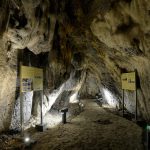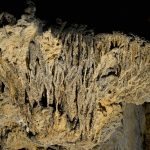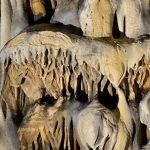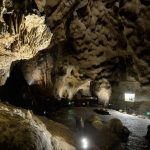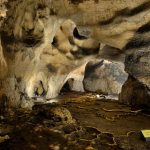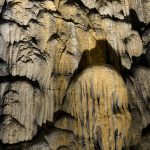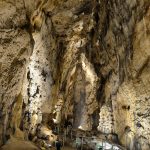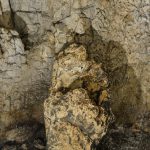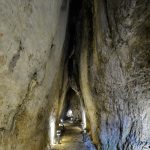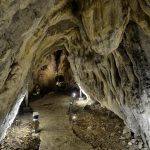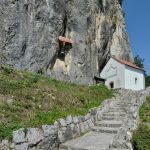Hadzi-Prodan's cave
Hadzi- Prodan Cave is named after Hadzi-Prodan, Duke of Karadjordje, who was hiding in the cave during rebellions. This cave is located in the valley of Rascici river , named Rascici Cave as well, formerly known as Sljepaja, 7 km far from Ivanjica, on 600 m above sea level, by the road to Guca.
There are two floors of the cave, 400 m long , that were explored so far. The down floor consists of two more sub channels, apart from the main one. The entrance zone of the cave is approximately three meters wide, continuing in a narrow passage, in front of two spaceous halls, approximately 50 meters long and 15 meters wide in total.
The right side of the hall is covered with the bigren salivas and the series of shallow little pools. The central part of the hall is covered with thick stalactites and stalagmites layer, while the hall walls are covered with mighty salivas, that resemble waterfalls turned into stone. The hall is ending in two minor subversions. The upper floor starts from the hall of the main channel, covered with the colourful range of the cave jewelry.
In Hadzi-Prodan Cave, the team of students, guided by professor phd Bozidar Curcic from Faculty of Biology, Belgrade University, have discovered 25 new species of cave animals – insects, that are or completely unknown, or extremely rare in the world.
On the initiative of city government of Ivanjica municipality and Tourist organization of Ivanjica, the project of restorations and adaptations of the cave started up.
In the period from 9. to 30. June 2003., the project organized by Institute for protection of cultural monuments from Kraljevo, and financed by city government of Ivanjica municipality, regarding protective archeological escavations in the cave has been realized.
The project research realization was supported by Archeological Department of Faculty of Philosophy and assistant professor phd Dusan Mihailovic, together with the expert team of National Museum in Belgrade, the experts of Faculty of Geography in Belgrade, Institute of History in Belgrade and students of archeology from Belgrade.
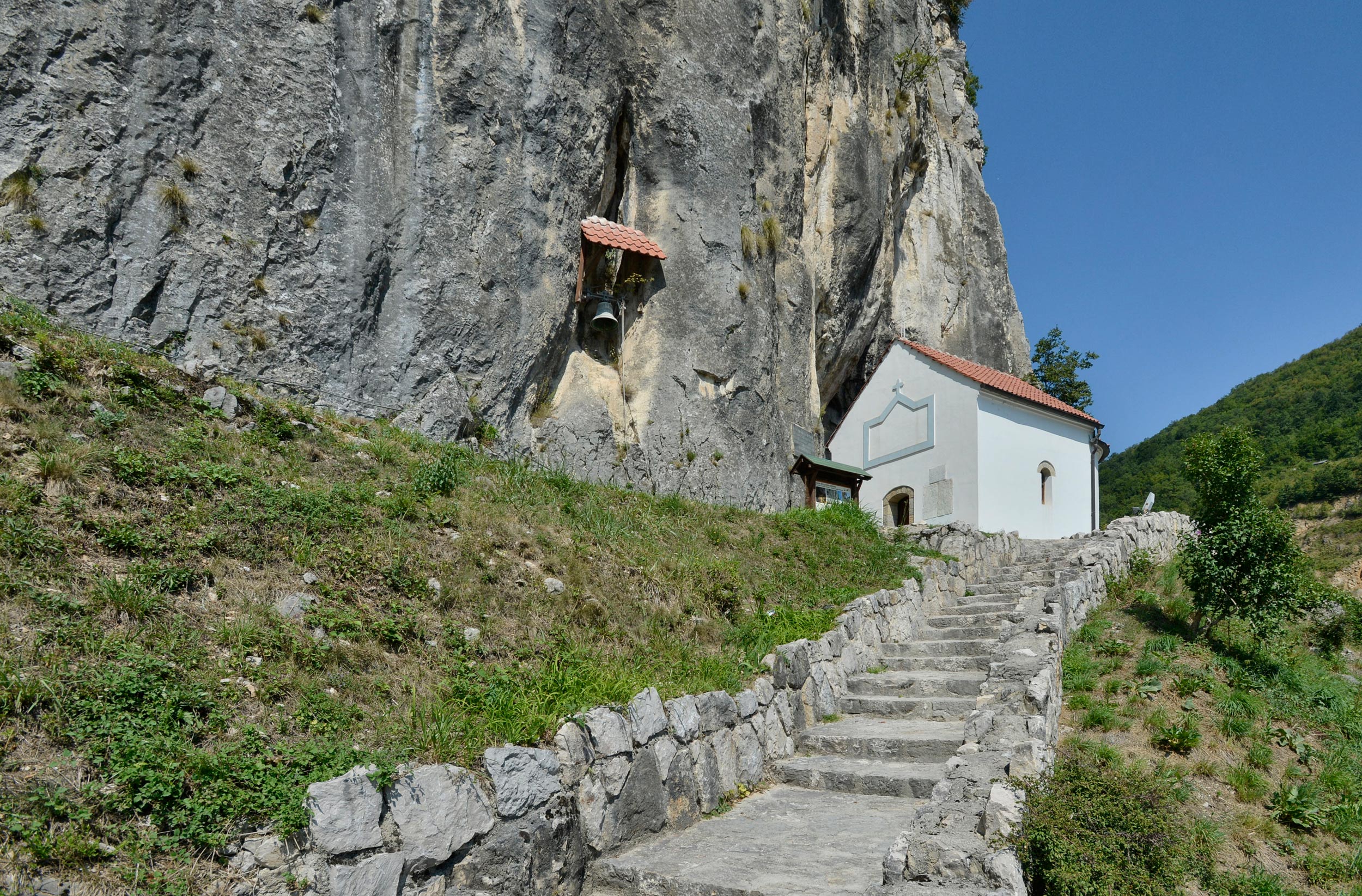
During the project phase of escavations, in the surface and recent layers of the main cave entrance, the team of scientists have discovered the fragments of ceramics, dating back to old Iron Age (so-called Basarabi complex).
Furthermore, in geological layer number two, thick stone artefacts dating back to gravetien or epigravetien technocomplex have been identified, dating back to period between 20th and 10th millennium bc( newer horizon), while in the geological layer number five, during examinations of the surface only two meters deep, discovered items are dating back to middle paleolith, approximately older horizon, 40th millennium bc. Certain quantities of pleistocene animal bones were discovered as well.
All discoveries, regarding examination of this archeological complex, are extremely significant, dating back to historical periods of localities in this country that are not explored enough yet, more precisely, the discoveries that are typical for the cultures of musterien, gravetien and epigravetien periods.
The discoveries made of crystal quartz are not characteristic for these periods, nor for the middle, neighter for the old paleolith period, so Hadzi-Prodan Cave might represent the one of the oldest archeological sites of artefacts made of this material in the world.
In the second half of June and in the begining of August 2004., the project of research and escavations was continued by the same team, financed by Ministry of Culture, Republic of Serbia. During the project realization, approximately 60 items, dating back to forty and fortyfive thousands years bc were discovered. The items are relics of neanderthal material culture. The core of the tools found were made of quartz. Quartz crystals from these periods, extremely rare in localities of Europe, have been discovered, while a tool, made of wood crystal, is the earliest evidence of spiritual life of the neanderthals and their sense of beauty. The cave used to be temporary habitat of neanderthal hunters and cave bear, since the skull, bones and teeth of a bear were also discovered in this cave.
Hadzi-Prodan Cave is a part of very few paleolith sites in the Central Balkans, providing enormous potential for future scientific research. Hadzi-Prodan Cave is the uniqe combination of significant tourist, speleological and archeological site.
Devastated church, in front of the main entrance, dedicated to Archangel Michael, built in 1809., known as Agias church.
Opening hours
Opening hours of Hadzi-Prodan’s cave
Tuesday – Friday: 10:00 – 14:00
Saturday and Sunday: 09:00 – 14:00
Closed on Monday
Information
Entrances are every half hour. Last entry half an hour before working hours.
Entrance is free of charge.
For more information kindly call:
+381 69 221 72 58



